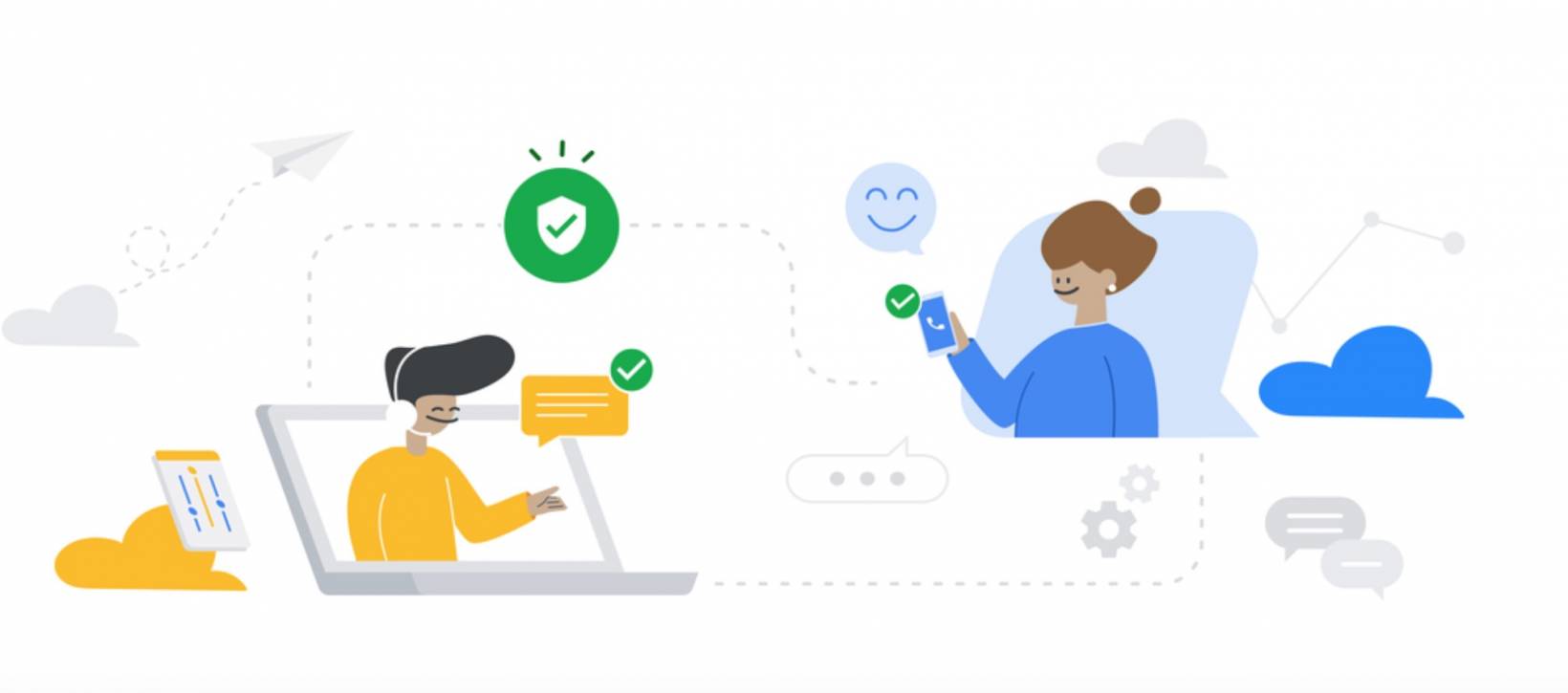Even though our most pressing problem right now is the Coronavirus, spam calls are still a major annoyance for a lot of users. Carriers and tech companies have been coming up with various tools and features to help in the fight against those trying to spam and mislead us by spoofing legit numbers. Now Google is bringing Verified Calls to their Phone app so you’ll be able to know which business is calling you and even find out why they’re calling.
The feature is called “Verified Calls” and will not just help consumers screen the phone calls that go to their phones but also help legitimate businesses get through to their customers. If the call has gone through the Google verification process, it will display the caller’s name, the logo of the company they represent, as well as a reason why they’re getting in touch with you. And of course they have a verification symbol as a sign that they were indeed verified.
For this to work though, businesses need to sign up and participate in this endeavor. Google says they can now get their businesses verified for Verified Calls with partners like Neustar, JustCall, Telecall, Zevia, Prestus, Aspect, Five9, Vonage, Bandwidth, IMimobile, Kaleyra, Quibas Mobile, or Datora. Once they have set up their business to be part of the network, the Verified Calls feature will give consumers the reason why business is calling, like “your food delivery”, “scheduling installation of your cable” or other legit reasons.
The information sent to the Google Phone app for an incoming call will be compared to the information that Google received from the business. If it matches, it will display the call as “Verified”. The information will be deleted afterward, including the customer’s phone number and call reason as part of consumer privacy protection. This happens in just minutes or maybe even seconds.
Android devices with the Google Phone app will have Verified Calls enabled by default. It should work with devices running on Android Pie and higher. It will be launching first in the U.S., Mexico, Brazil, Spain, and India and eventually expand to other countries.
